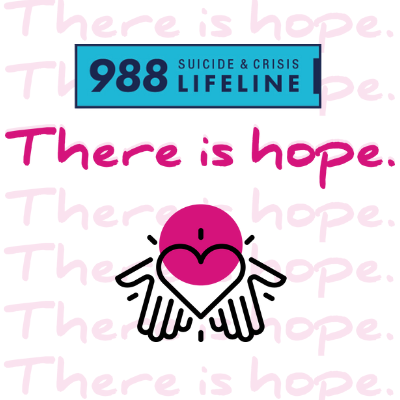Suicide Prevention Lifeline. Call or text 988
No matter what problems you are dealing with, we want to help you find a reason to keep living. By calling you’ll be connected to a skilled, trained counselor at a crisis center in your area, anytime 24/7.
Principles of Drug Addiction Treatment: A Research-Based Guide (Third Edition) Click to read the Guide


Practice Active Listening
Hearing someone talk is different from actively listening to what that person is saying. Active listening requires concentration and understanding. Improving your listening skills is easy to do with practice and these helpful tips.
Acknowledge the Speaker
This can be as simple as a head nod or an “Uh huh.” By acknowledging the speaker, you are letting them know that you are listening to what they have to say and reminding yourself to pay attention to what is being said to you.
Respond Verbally
Asking questions or making statements may help clarify what the speaker is saying. It reminds the speaker that you are listening attentively and that you are here to help them and are truly concerned. Be sure to let the speaker finish talking before asking any questions.
Summarize What You Hear
Reflecting on what the listener is saying is also a positive verbal active listening technique. By repeating, paraphrasing or even summarizing what the speaker has said shows that you are putting in effort to better understand them. Use phrases like; “what I’m hearing is…”or, “sounds like you’re saying….” These tactics can also allow the speaker to hear what they are saying, which may help them find positive reinforcement.
Look the Part
Keeping eye contact, maintaining good posture, and staying focused are key components of active listening and interpersonal communication. Being distracted and unfocused gives the speaker the impression that you aren’t paying attention.
When you actively listen to someone, you are letting them know that you care about what they are saying and can indicate that you are concerned for their health and safety. Click for more

Protective Factors:
-
Coping and problem-solving skills
-
Cultural and religious beliefs that discourage suicide
-
Connections to friends, family, and community support
-
Supportive relationships with care providers
-
Availability of physical and mental health care
-
Limited access to lethal means among people at risk

